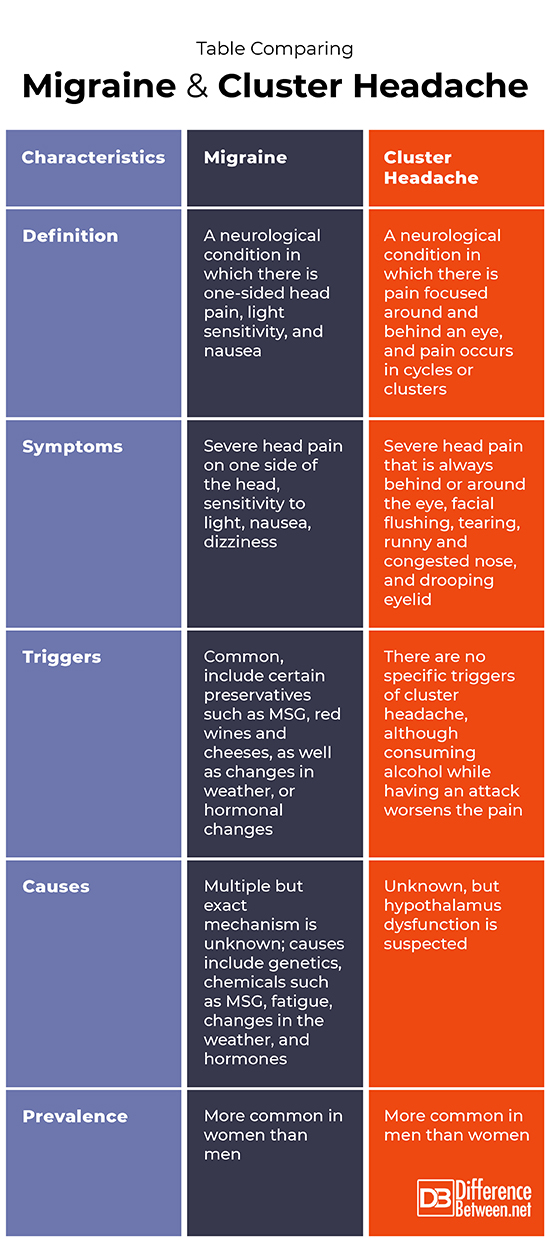Migraine And a Headache are both common conditions that many people experience at some point in their lives. However, it’s essential to understand that they are not the same and require different approaches to treatment and management. This article will explore the key differences between migraines and headaches, including their symptoms, causes, and potential treatments.
What is a Headache?
A Migraine And a Headache is a common and generally non-serious condition that causes pain and discomfort in the head, scalp, or neck. There are several types of headaches, including tension, cluster, and sinus. Tension headaches are the most common and are often described as constant pressure or pain around the head, especially the temples or the back of the head and neck.
What is a Migraine?
Migraine And a Headache are neurological conditions that can cause severe, debilitating pain. They are often accompanied by other symptoms such as nausea, vomiting, and sensitivity to light and sound. Migraines can last anywhere from a few hours to several days and can significantly impact a person’s ability to carry out daily activities.
The Key Differences
While both migraines and headaches involve head pain, several key differences set them apart:
Symptoms
Headaches typically cause a dull, aching pain that is not usually severe enough to interfere with daily activities. They may also involve muscle tension in the neck and scalp. In contrast, migraines often cause intense, throbbing pain that is often located on one side of the head. Migraine attacks are usually accompanied by additional symptoms such as nausea, vomiting, and sensitivity to light and sound.
Causes
The causes of headaches and migraines also differ. While headaches can be triggered by stress, muscle tension, dehydration, or sinus issues, the exact cause of migraines is not fully understood. It is believed that genetics and environmental factors may play a role in triggering migraine attacks. Hormonal changes, certain foods, and sensory stimuli can also act as migraine triggers for some individuals.
Treatment
The treatment for headaches and migraines varies due to their different causes and symptoms. Over-the-counter pain relievers such as acetaminophen or ibuprofen are typically effective in managing mild to moderate headaches. However, more severe or frequent headaches may require prescription medications or alternative therapies such as acupuncture or physical therapy.
For migraines, the treatment approach is often more complex. Triptans and ergot derivatives are commonly prescribed to help alleviate migraine symptoms. Additionally, lifestyle changes, stress management techniques, and avoiding migraine triggers can all play a significant role in managing migraines effectively.

Credit: www.differencebetween.net
Seeking Proper Diagnosis
It’s important to note that self-diagnosis can be challenging when it comes to differentiating between migraines and headaches. If you are experiencing severe or frequent head pain, it’s crucial to seek medical advice. A healthcare professional can provide a proper diagnosis and recommend an appropriate treatment plan tailored to your specific condition.

1 thought on “What is the Difference between a Migraine And a Headache”